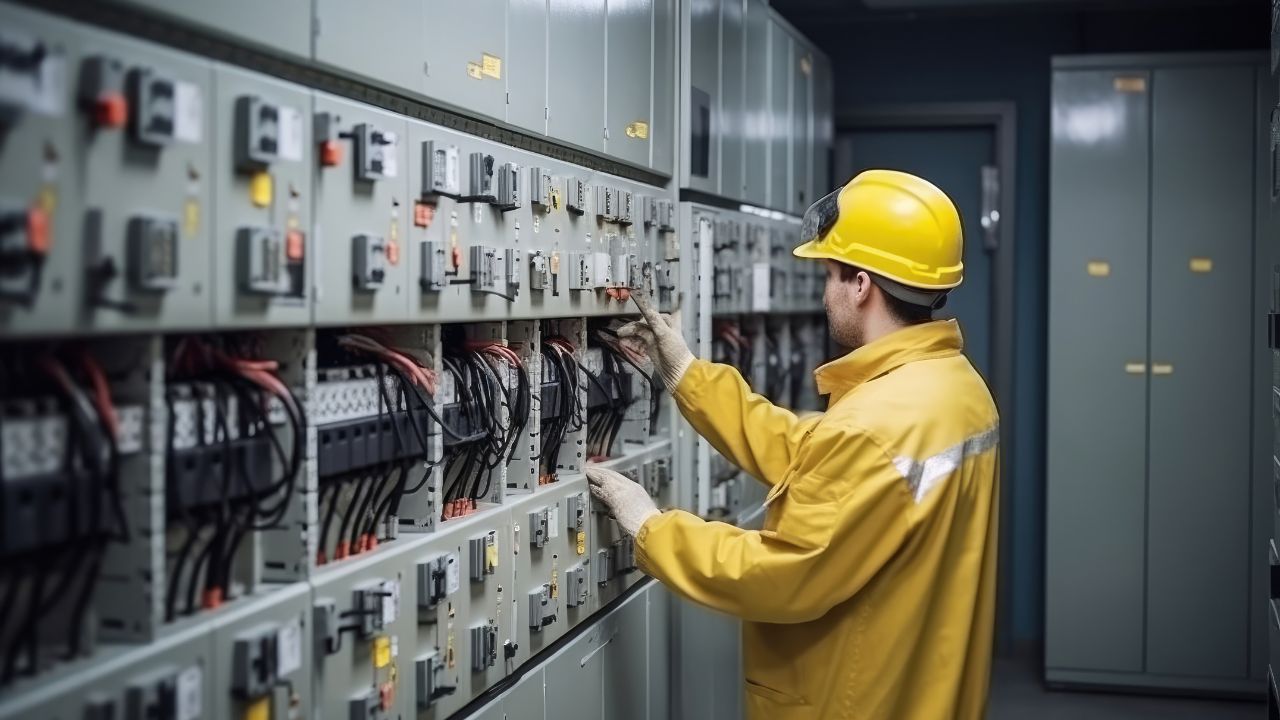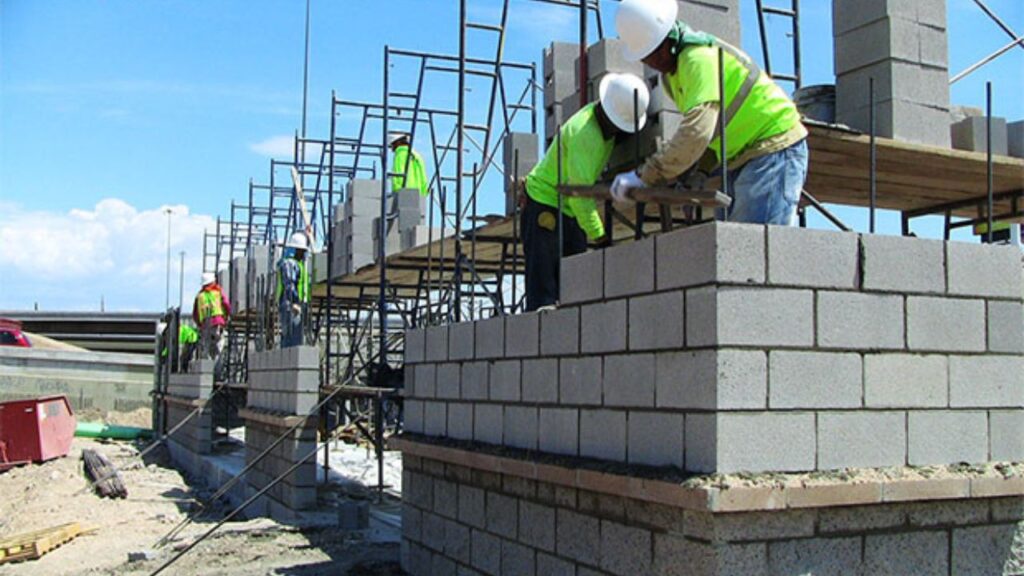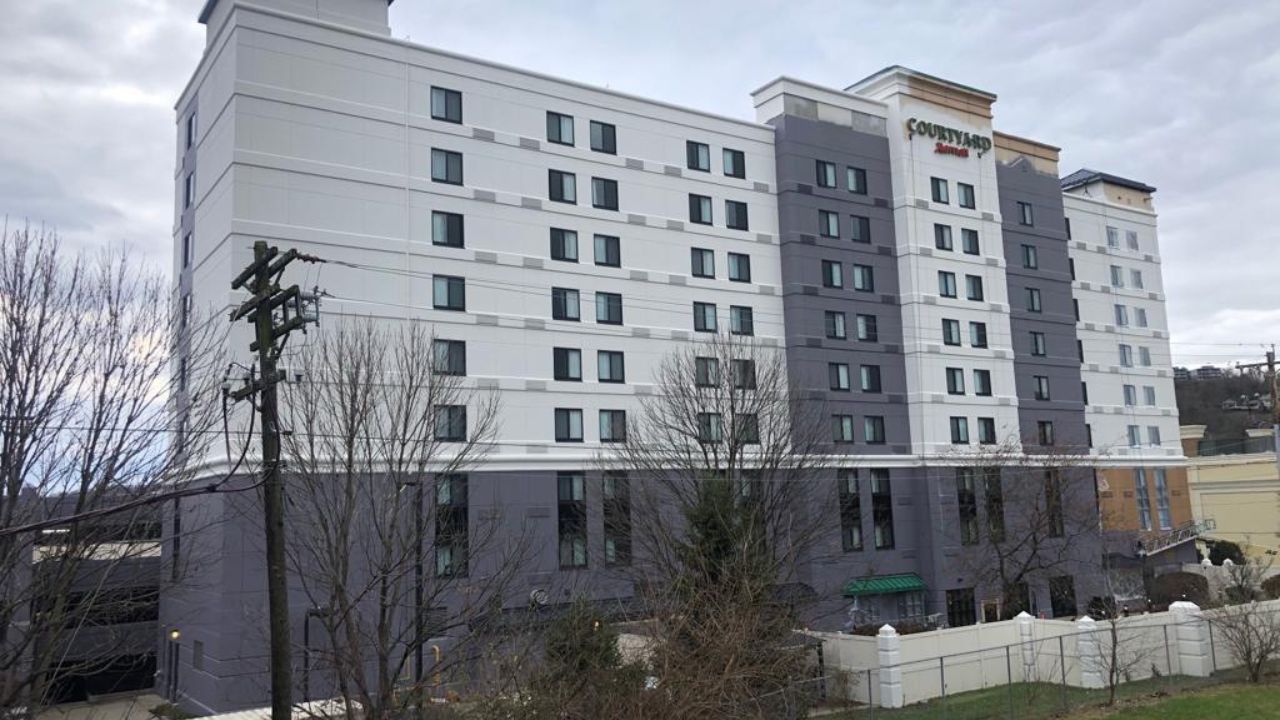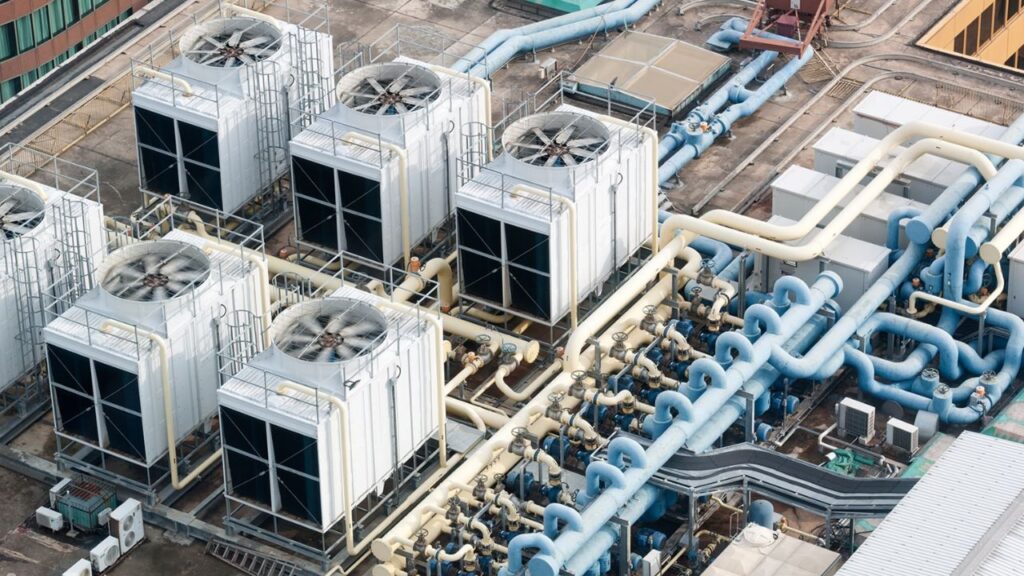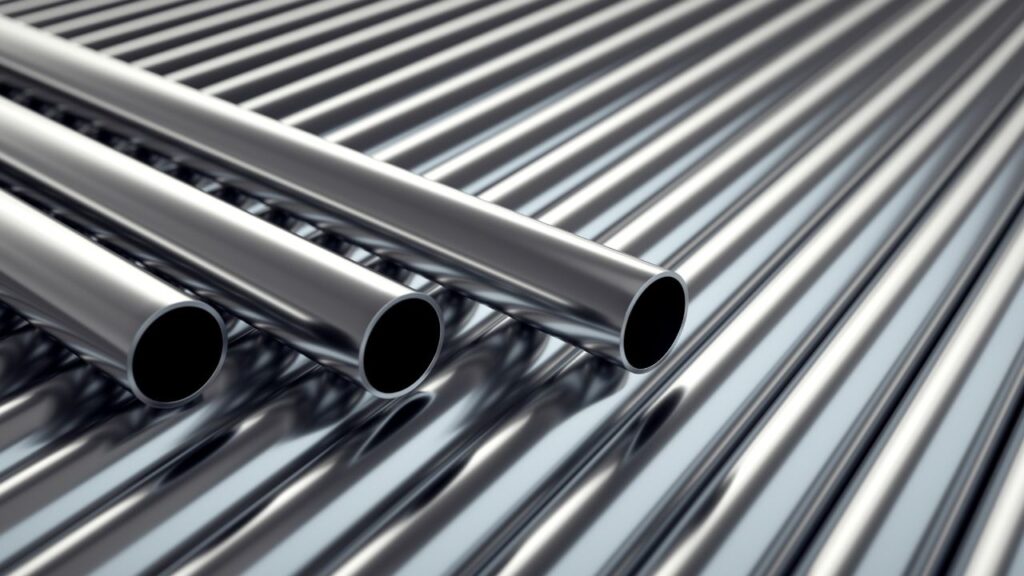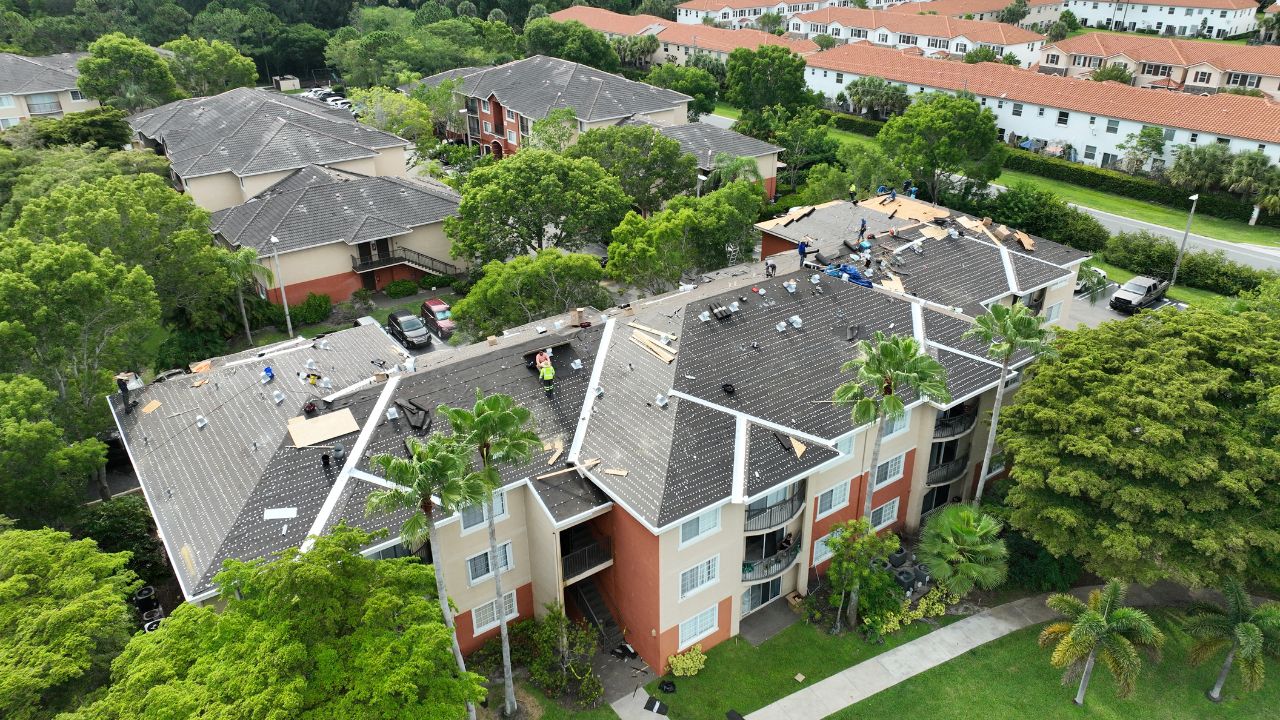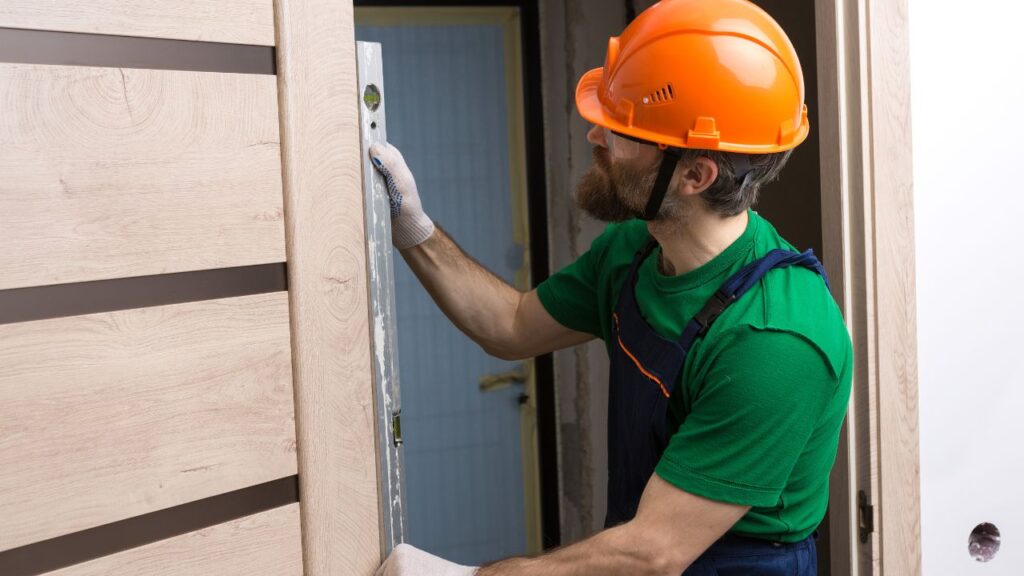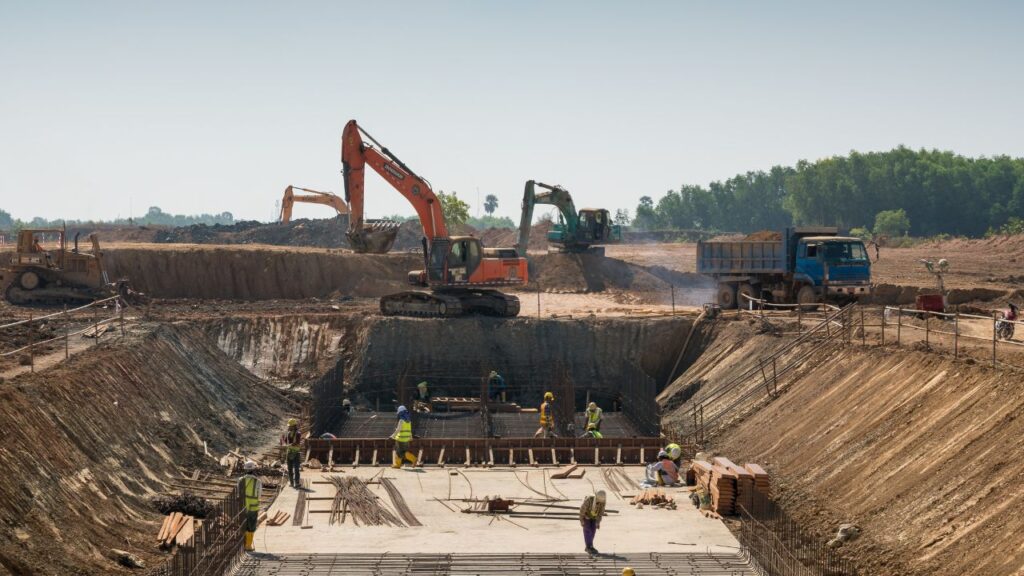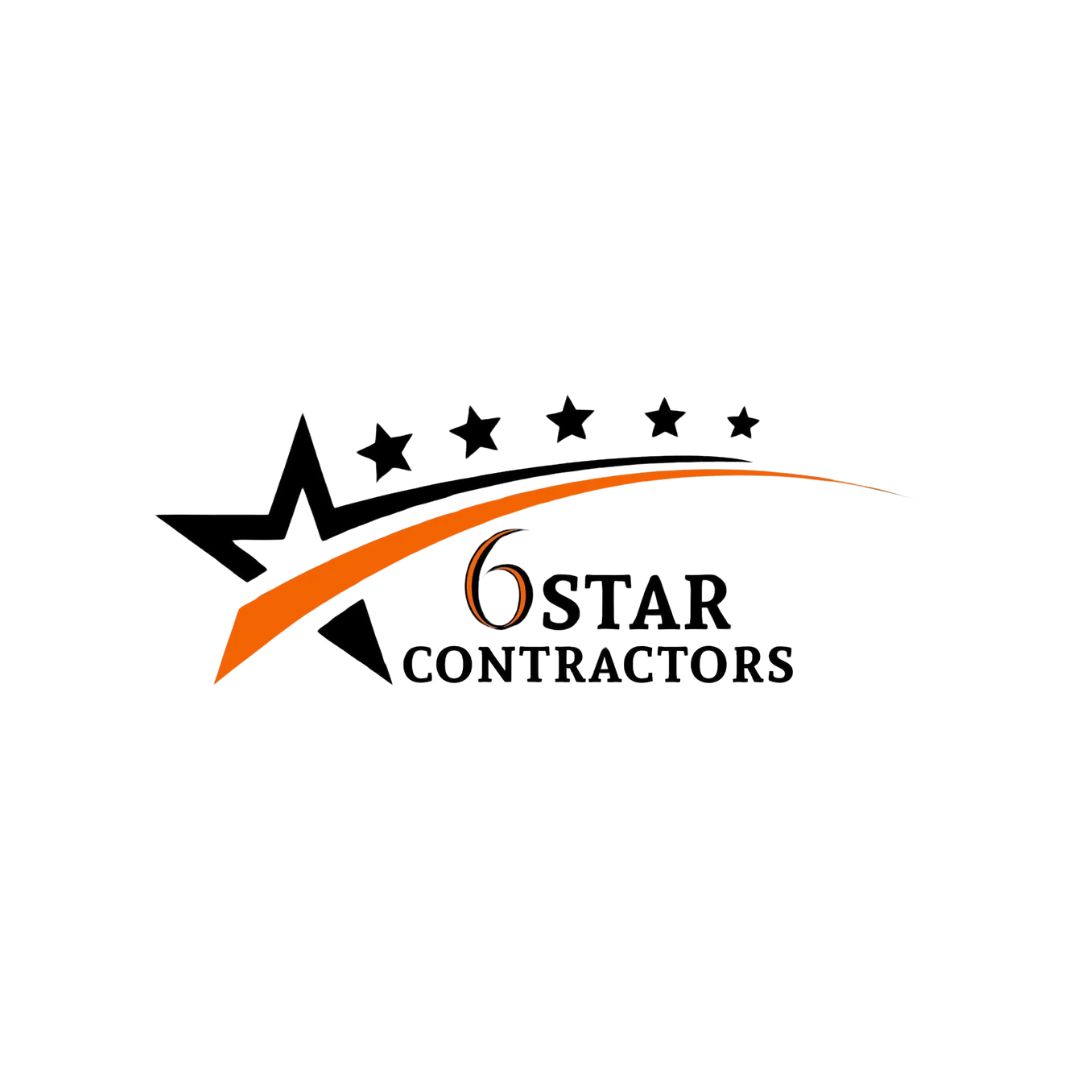- Homepage
- How Much Does an Elevator Cost for a 5-Story Building?
How Much Does an Elevator Cost for a 5-Story Building?
Leading provider of elevator installation services.
An elevator for a 5-story building typically costs between $53,300 and $152,600, averaging $170 to $340 per square foot. This price includes the elevator unit ($40,000 to $110,000), installation ($10,300 to $40,000), permits ($1,500 to $3,000), and necessary building modifications. Costs vary based on the type of elevator (hydraulic, traction, or machine-room-less), customization options, and the building’s structural requirements. Additional expenses may arise from structural changes ($8,000 to $20,000), electrical work ($2,000 to $5,000), and finishes ($3,000 to $7,000). To ensure a successful installation, obtain multiple quotes, choose a reliable installer, and plan for long-term maintenance. Proper installation enhances accessibility and property value.
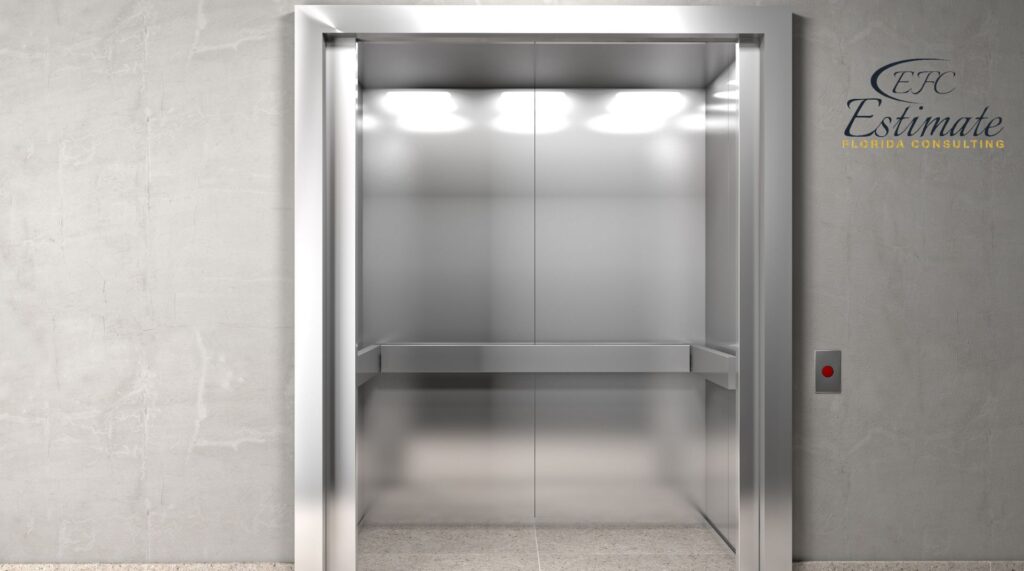
Cost Breakdown for an Elevator in a 5-Story Building
Equipment Costs
The cost of the elevator equipment itself varies based on the type and features. Here is a rough estimate of equipment costs:
Type of Elevator | Estimated Cost (in dollars) |
Hydraulic | $45,000 – $90,000 |
Traction | $31,000 – $62,000 |
Pneumatic | $22,000 – $44,000 |
Machine Room-Less (MRL) | $29,000 – $58,000 |
Hydraulic elevators are the most expensive due to their complex systems and the requirement for a machine room. They provide a smooth and reliable ride, essential for buildings prioritizing comfort and noise reduction. Traction elevators are more energy-efficient and faster, making them suitable for taller buildings. Pneumatic elevators offer easier installation and lower costs but may have limitations in commercial settings. Machine Room-Less elevators are a space-efficient and modern option that balances cost and functionality. Each type of elevator has its own set of advantages and disadvantages, so it’s important to choose the one that best fits the specific needs and constraints of the building. Additionally, considering the long-term maintenance and operational efficiency of each type can help in making a more informed decision.
Installation Costs
Installation costs can vary widely depending on the complexity of the project. Here’s an estimate of installation costs:
Installation Component | Estimated Cost (in dollars) |
Basic Installation | $14,000 – $28,000 |
Structural Modifications | $7,500 – $15,000 |
Electrical Work | $3,500 – $7,000 |
Basic installation includes setting up the elevator and integrating it into the building, ensuring it meets all safety standards. Structural modifications might include reinforcing floors or modifying walls to accommodate the elevator. Electrical work involves wiring and connections, essential for powering the elevator and ensuring it operates safely and efficiently. Complex installations that require significant structural changes or additional safety measures will naturally incur higher costs. Ensuring that all installation aspects are meticulously planned and executed can prevent delays and additional expenses, resulting in a more efficient and cost-effective installation process. Additionally, working with experienced contractors who understand the intricacies of elevator installation can further streamline the process and ensure compliance with all safety and building regulations.
Skilled New Flooring
Experts?
Additional Costs
Additional costs can include permits, inspection fees, and maintenance plans. Here’s an estimate of additional costs:
Additional Component | Estimated Cost (in dollars) |
Permits and Inspections | $900 – $1,800 |
Maintenance Plan (annually) | $1,800 – $3,600 |
Contingency Budget | $3,600 – $7,200 |
Permits and inspections are necessary to ensure the installation complies with local building codes and safety regulations. A maintenance plan is crucial for the ongoing safety and reliability of the elevator, covering regular inspections and any necessary repairs. A contingency budget accounts for unexpected expenses that might arise during installation, such as additional structural modifications or unforeseen technical issues. Properly budgeting for these additional costs ensures that the project stays on track and avoids financial surprises, contributing to a smoother and more predictable installation process. Moreover, setting aside a contingency budget can provide a financial cushion to handle any unexpected issues without disrupting the project timeline.
Detailed Cost Breakdown by Components
Equipment
The elevator equipment itself is a significant portion of the total cost. Here’s a detailed breakdown of equipment costs by type:
Hydraulic Elevators
Hydraulic elevators are known for their smooth ride and reliability. They require a machine room, which adds to the cost.
Component | Estimated Cost (in dollars) |
Elevator Car | $18,000 – $36,000 |
Hydraulic Pump System | $11,000 – $22,000 |
Machine Room Equipment | $7,000 – $14,000 |
Controls and Fixtures | $5,000 – $10,000 |
Hydraulic elevators provide a comfortable and efficient means of moving between floors, particularly in buildings where smooth operation and reliability are priorities. The need for a machine room and additional hydraulic components adds to the overall cost, but these elevators are highly regarded for their durability and performance. They are also capable of handling heavier loads and offer excellent durability, making them a preferred choice for many low- to mid-rise buildings.
Traction Elevators
Traction elevators use a counterweight system and don’t require a machine room, making them a more space-efficient option.
Component | Estimated Cost (in dollars) |
Elevator Car | $15,000 – $30,000 |
Traction Equipment | $9,000 – $18,000 |
Controls and Fixtures | $5,000 – $10,000 |
Traction elevators are known for their quiet operation and energy efficiency. These elevators use a counterweight system, eliminating the need for a machine room and making them a space-saving option. Their efficiency and performance make them a popular choice for commercial installations, particularly in buildings where space is at a premium. They are ideal for buildings where speed and efficiency are paramount, and they can travel greater heights compared to hydraulic systems.
90% More Changes to Win Bids With Our Estimate
Take the First Step to Your Bid Win – Upload Plans!
Pneumatic Elevators
Pneumatic elevators, or vacuum elevators, are easier to install and don’t require a machine room. They are usually less expensive but might not be suitable for all commercial applications.
Component | Estimated Cost (in dollars) |
Elevator Car | $12,000 – $24,000 |
Vacuum Pump System | $8,000 – $16,000 |
Controls and Fixtures | $2,000 – $4,000 |
Pneumatic elevators offer a modern and sleek design, making them a visually appealing addition to any building. Their ease of installation and lower cost make them a practical choice for many property owners, especially those looking to retrofit an existing building with minimal disruption. They operate using air pressure to move the car and are a modern choice for low- to mid-rise buildings.
Machine Room-Less (MRL) Elevators
Machine Room-Less elevators are ideal for buildings with limited space and are typically easier to retrofit into existing buildings.
Component | Estimated Cost (in dollars) |
Elevator Car | $16,000 – $32,000 |
Drive System | $8,000 – $16,000 |
Controls and Fixtures | $5,000 – $10,000 |
MRL elevators are compact and can be installed with minimal structural changes. They are perfect for buildings where space is a concern and provide an economical and efficient solution for enhancing accessibility without the need for extensive construction work. They have the machinery located within the elevator shaft, saving space and reducing installation costs.
Installation Costs
Installation costs can vary based on the complexity of the project and the specific requirements of your building. Here’s a detailed breakdown of installation costs:
Basic Installation
Basic installation includes setting up the elevator, integrating it into your building, and ensuring it meets all safety standards.
Task | Estimated Cost (in dollars) |
Setup and Integration | $10,000 – $20,000 |
Testing and Safety Checks | $4,000 – $8,000 |
Basic installation involves the fundamental tasks required to get the elevator operational. This includes the physical installation of the elevator, integration with the building’s existing systems, and comprehensive testing to ensure safety and functionality. Proper installation is crucial for the long-term performance and reliability of the elevator.
Structural Modifications
Structural modifications might be necessary to accommodate the elevator, such as reinforcing floors or modifying walls.
Task | Estimated Cost (in dollars) |
Reinforcing Floors | $3,500 – $7,000 |
Modifying Walls | $4,000 – $8,000 |
Structural modifications ensure that the building can safely support the new elevator system. This can involve reinforcing floors to handle the additional weight or modifying walls to create the necessary space for the elevator shaft. These modifications are essential for the safety and stability of the installation.
Electrical Work
Electrical work is essential for powering the elevator and ensuring it operates safely and efficiently.
Task | Estimated Cost (in dollars) |
Wiring and Connections | $2,500 – $5,000 |
Electrical Panel Upgrades | $1,000 – $2,000 |
Electrical work involves connecting the elevator to the building’s power supply and ensuring that all electrical components are installed correctly. This includes wiring, connections, and any necessary upgrades to the electrical panel. Proper electrical installation is critical for the safe operation of the elevator and compliance with building codes.
Additional Costs
Additional costs include permits, inspection fees, and a maintenance plan to keep the elevator in good working condition.
Additional Component | Estimated Cost (in dollars) |
Permits and Inspections | $900 – $1,800 |
Maintenance Plan (annually) | $1,800 – $3,600 |
Contingency Budget | $3,600 – $7,200 |
Permits and inspections are necessary to ensure that the elevator installation complies with local building codes and safety regulations. Regular maintenance is essential for the long-term reliability and safety of the elevator, covering routine inspections and necessary repairs. A contingency budget accounts for unexpected expenses that may arise during the installation process.
We Provide 3D Rendering Services!
For Commercial & Residential and Other Projects
Turnaround time is 1-2 days.
Win More Projects With Us
Factors Influencing the Cost of an Elevator
Type of Elevator
The type of elevator you choose will significantly impact the cost. There are several types of elevators, each with its own features and installation requirements:
- Hydraulic Elevators: Common in low- to mid-rise buildings, these elevators require a machine room and are known for their smooth ride and reliability. However, they tend to be more expensive due to their complex installation. Hydraulic elevators use a fluid-driven piston to move the elevator car, providing a smooth and quiet operation, ideal for buildings where noise levels need to be minimized. They are capable of handling heavier loads and offer excellent durability, making them a preferred choice for many low- to mid-rise buildings.
- Traction Elevators: Suitable for mid- to high-rise buildings, these elevators use a counterweight system and are more energy-efficient and faster than hydraulic elevators but can be more costly. Traction elevators are driven by electric motors and use steel ropes or belts to lift the elevator car, making them efficient and reliable. These elevators are ideal for buildings where speed and efficiency are paramount, and they can travel greater heights compared to hydraulic systems.
- Pneumatic Elevators: Easier to install and not requiring a machine room, these vacuum elevators are typically less expensive but may not be suitable for all applications due to capacity and speed limitations. Pneumatic elevators operate using air pressure to move the car and are a modern choice for low- to mid-rise buildings. Their sleek design and quick installation process make them a popular option for residential settings, offering a futuristic aesthetic and minimal maintenance requirements.
- Machine Room-Less (MRL) Elevators: These elevators do not require a separate machine room, making them a space-efficient option. They are becoming increasingly popular due to their energy efficiency and smaller footprint. MRL elevators have the machinery located within the elevator shaft, saving space and reducing installation costs. These elevators are particularly advantageous for buildings where space is at a premium, and they offer similar performance to traditional traction elevators without the need for additional room.
Size and Capacity
The size and capacity of the elevator will also affect the cost. Larger elevators with higher weight capacities will generally cost more. For a 5-story building, a standard size typically supports 8-12 passengers or up to 2,500 pounds. The size and capacity not only impact the equipment cost but also the complexity of the installation and the amount of space required in the building. Larger elevators may also require more powerful motors and additional safety features. Choosing the appropriate size and capacity ensures that the elevator meets the needs of the building’s occupants without incurring unnecessary expenses. Additionally, the correct sizing helps in avoiding potential operational issues, ensuring smooth and efficient service.
Number of Stops
The number of stops (floors) the elevator will serve directly impacts the cost. For a 5-story building, the elevator will need to make five stops. Each additional stop requires more equipment and installation work, increasing the overall expense. Elevators serving multiple stops require more complex installation and additional materials, which can add to the cost. Ensuring that the elevator system is designed to accommodate all intended stops is crucial for efficient operation and user convenience. Planning for potential future expansions can also be a cost-effective strategy, allowing for easy adaptation without significant structural changes. Additionally, properly designed stops can enhance the flow of traffic within the building, reducing wait times and improving user satisfaction.
Customization and Features
Custom features such as high-end cabin finishes, advanced control systems, and additional safety features will add to the cost. Customization can make the elevator blend seamlessly with the building’s decor but will increase the overall price. Features like automatic doors, custom lighting, and high-end materials can significantly enhance the look and functionality of the elevator. Customization options also include advanced safety features such as emergency lowering systems, backup power supplies, and sophisticated control interfaces, providing added security and convenience. Investing in these features can provide long-term benefits, such as improved user experience, increased safety, and enhanced aesthetic appeal, making the elevator a standout feature of the building. High-end customization can also increase the perceived value of the property, making it more attractive to potential buyers or tenants.
Installation Complexity
The complexity of the installation can significantly influence the cost. Factors such as structural modifications needed, the location of the elevator, and the difficulty of integrating it into the existing building layout will all play a role. Buildings with challenging layouts or older structures may require more extensive modifications. Installation complexity also affects the time required to complete the project, with more intricate installations potentially taking several weeks or months to finish. Proper planning and site assessment can help mitigate unexpected challenges and ensure a smoother installation process, ultimately saving time and costs. Ensuring that all installation aspects are meticulously planned and executed can prevent delays and additional expenses, resulting in a more efficient and cost-effective installation process. Additionally, working with experienced contractors who understand the intricacies of elevator installation can further streamline the process and ensure compliance with all safety and building regulations.
Get 5 New Projects in the Next 7 Days With Our System
Maintenance and Operating Costs
Ongoing maintenance and operating costs are important considerations. Regular maintenance ensures the elevator operates safely and efficiently, while operating costs include electricity and potential repair costs. Maintenance plans can help manage these expenses by providing regular service and addressing issues before they become significant problems. Understanding these recurring costs is crucial for long-term budgeting and ensuring the elevator remains a reliable part of the building. Investing in high-quality maintenance services can extend the lifespan of the elevator and prevent costly repairs, ensuring it remains in optimal condition and operates smoothly for years to come. Regular inspections and timely maintenance are essential for complying with safety regulations and maintaining the elevator’s performance. Moreover, a well-maintained elevator can help in avoiding unexpected breakdowns, thus ensuring consistent and reliable service.
Conclusion
Installing an elevator in a 5-story building is a significant investment, typically costing between $53,300 and $152,600, including the elevator unit, installation, permits, and necessary modifications. Costs can vary based on the type of elevator, customization options, and structural requirements. Additional expenses may arise from structural changes, electrical work, and finishes. To ensure a successful installation, obtain multiple quotes, choose a reliable installer, and plan for long-term maintenance. Proper installation not only enhances accessibility but also adds significant value to the property, making it a worthwhile investment for building owners.
Question Answer
Frequently Asked Question
An elevator for a 5-story building typically costs between $60,500 and $175,000, averaging $180 to $350 per square foot. This price includes the elevator unit, installation, permits, and necessary building modifications.
Costs vary based on the type of elevator (hydraulic, traction, pneumatic, or machine-room-less), customization options, and the building’s structural requirements. Additional expenses may arise from structural changes, electrical work, and finishes.
Larger elevators with higher weight capacities will generally cost more. For a 5-story building, a standard size typically supports 8-12 passengers or up to 2,500 pounds, impacting both the equipment cost and the complexity of the installation.
Factors such as structural modifications needed, the location of the elevator, and the difficulty of integrating it into the existing building layout will influence the cost. More complex installations can take longer and require more resources, increasing the overall expense.
Regular maintenance ensures the elevator operates safely and efficiently. Maintenance plans can help manage expenses by providing regular service and addressing issues before they become significant problems. Understanding these recurring costs is crucial for long-term budgeting.
Comprehensive Trade-Specific Estimates
At Estimate Florida Consulting, we offer detailed cost estimates across all major trades, ensuring no part of your project is overlooked. From the foundation to the finishing touches, our trade-specific estimates provide you with a complete and accurate breakdown of costs for any type of construction project.

Testimonials
What Our Clients Say?
We take pride in delivering accurate, timely, and reliable estimates that help contractors and builders win more projects. Our clients consistently praise our attention to detail, fast turnaround times, and the positive impact our estimates have on their businesses.
Estimate Florida Consulting has helped us win more bids with their fast and accurate estimates. We trust them for every project!
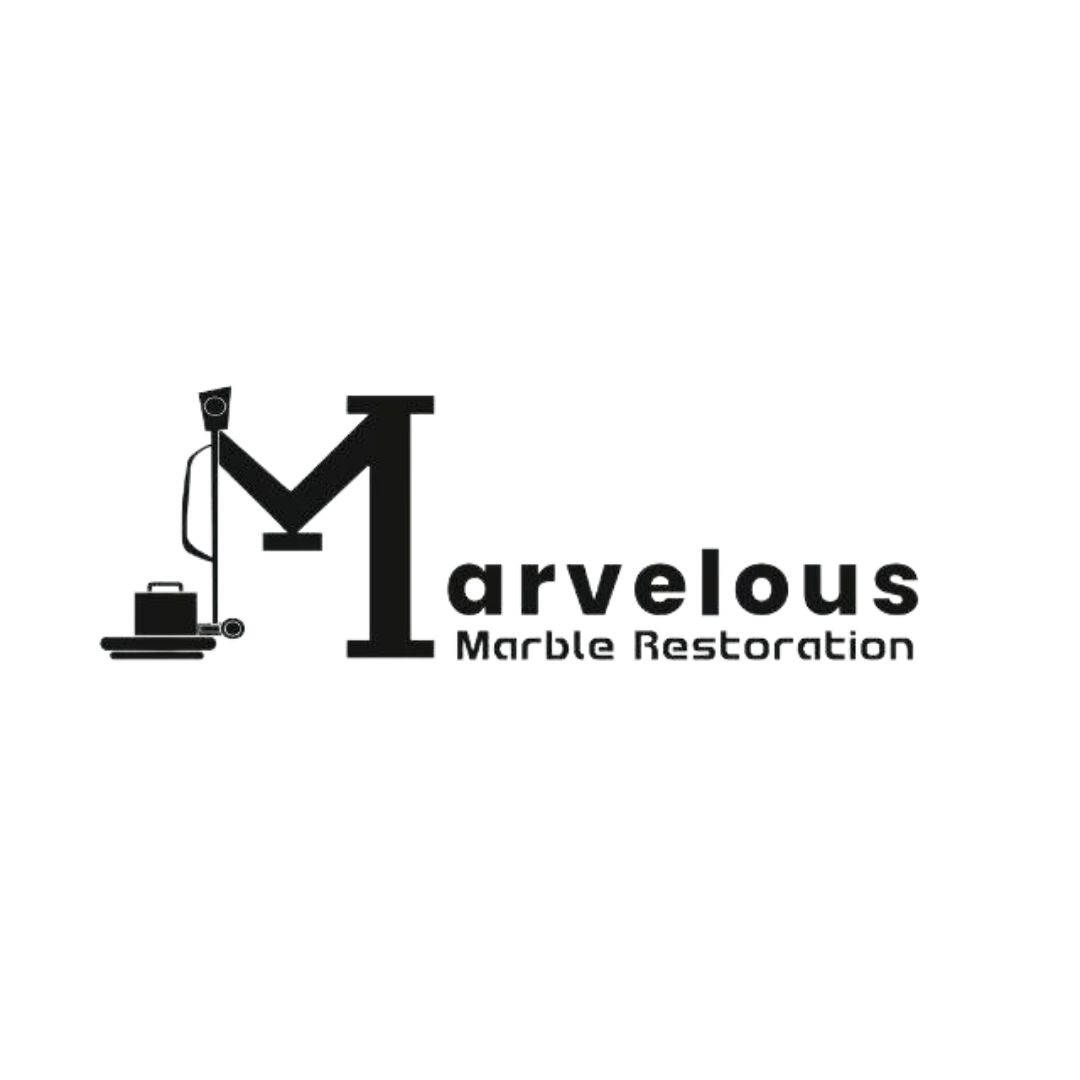
Steps to Follow
Our Simple Process to Get Your Estimate
01
Upload Plans
Submit your project plans, blueprints, or relevant documents through our online form or via email.
02
Receive Quotation
We’ll review your project details and send you a quote based on your scope and requirements.
03
Confirmation
Confirm the details and finalize any adjustments to ensure the estimate meets your project needs.
04
Get Estimate
Receive your detailed, trade-specific estimate within 1-2 business days, ready for your project execution.


